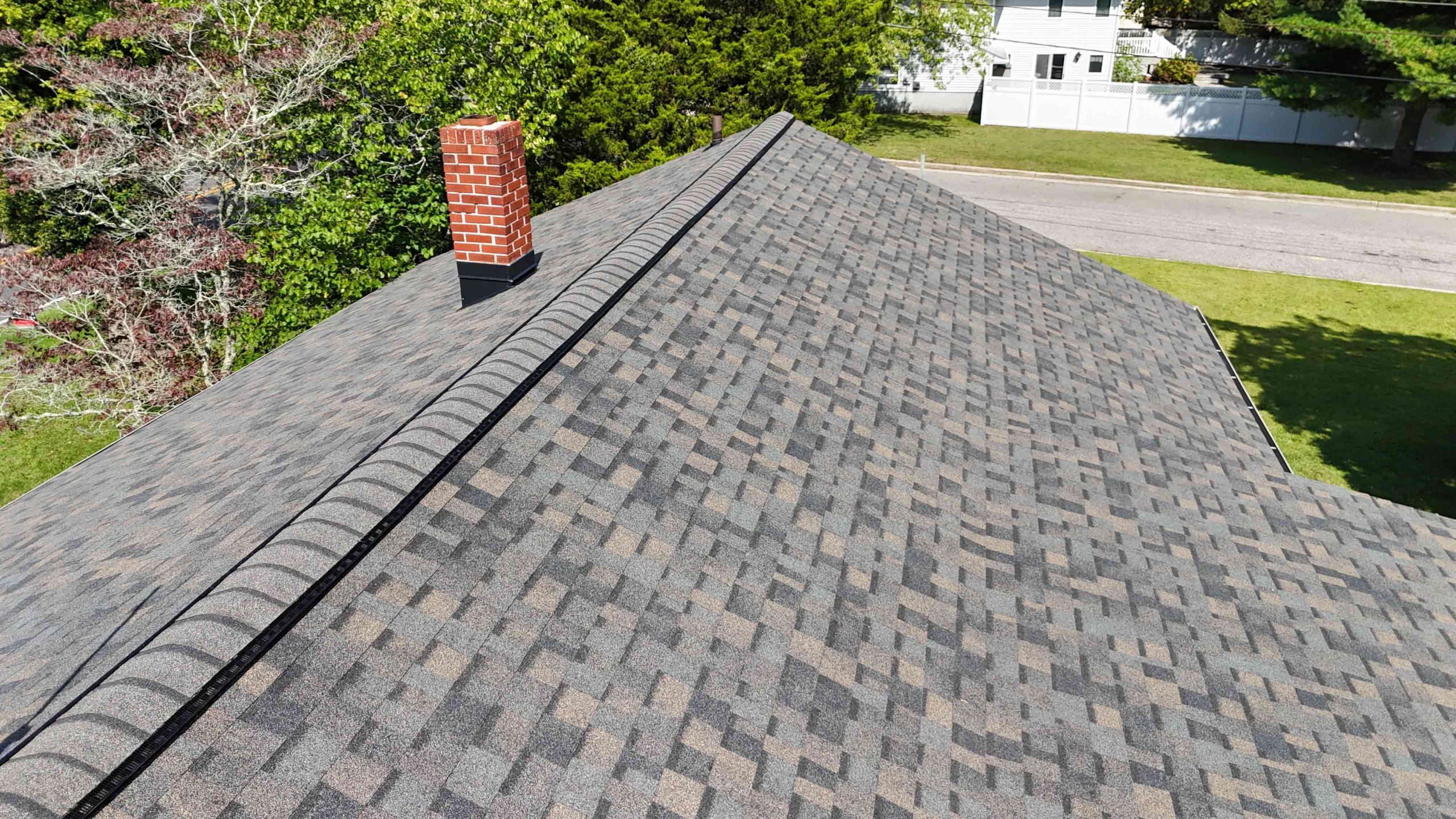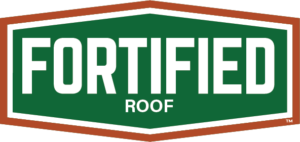Why Should I Worry About Ventilation In The Winter?
Roof ventilation is important in the winter for several reasons, primarily to maintain a healthy and efficient home environment. Here are key reasons why roof ventilation is crucial during the winter months:
- Moisture Control: During the winter, warm air from inside the house can rise to the attic and come into contact with the cold roof surface. This temperature difference can cause condensation to form, leading to moisture buildup. Proper roof ventilation helps expel this moisture, preventing issues such as mold growth, rot, and structural damage.
- Preventing Ice Dams: Ice dams can form when snow on the roof melts and refreezes at the eaves. This is often caused by inadequate insulation and ventilation in the attic. A well-ventilated attic helps maintain a consistent roof temperature, reducing the risk of uneven snowmelt and minimizing the formation of ice dams.
- Regulating Attic Temperature: Effective roof ventilation helps regulate the temperature in the attic. In the winter, proper ventilation allows cold air to enter and circulate, preventing the attic from becoming too warm. This temperature balance helps preserve the integrity of the roof structure and roofing materials.
- Energy Efficiency: Adequate roof ventilation can contribute to energy efficiency in the winter. It helps prevent the attic from overheating, reducing the workload on heating systems. This can lead to energy savings and a more comfortable indoor environment.
- Preventing Structural Damage: Moisture buildup in the attic, if left unaddressed, can lead to structural damage over time. It can compromise the integrity of insulation, sheathing, and other building materials. Proper ventilation helps mitigate these risks, extending the lifespan of the roof.
- Improving Indoor Air Quality: While not directly related to roof ventilation, maintaining a healthy indoor environment involves proper overall home ventilation. This includes ensuring that the attic is well-ventilated to prevent the buildup of indoor air pollutants that may migrate to the attic space.
- Condensation Control: In addition to preventing ice dams, roof ventilation helps control condensation on the underside of the roof deck. Unchecked condensation can lead to the growth of mold and mildew, affecting both the structural integrity of the roof and indoor air quality.
To ensure effective roof ventilation in the winter:
- Install Proper Ventilation Systems: Ensure that your roof has proper intake and exhaust ventilation systems, such as soffit vents and ridge vents.
- Check and Maintain Ventilation Devices: Regularly inspect and maintain ventilation devices, such as attic fans or roof vents, to ensure they are functioning properly.
- Address Insulation: Make sure that your attic is adequately insulated to help maintain a consistent temperature.
By addressing these aspects of roof ventilation, homeowners can contribute to the longevity of their roof, prevent moisture-related issues, and create a more energy-efficient and comfortable home during the winter months.
We Service Atlantic County, Cape May County and Ocean County. Give us a call for free inspection and estimate, 609-653-2233




